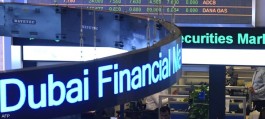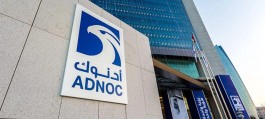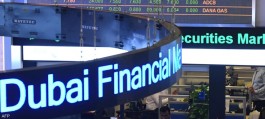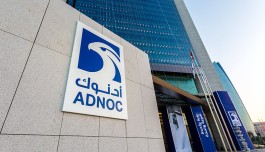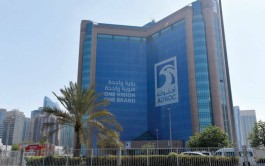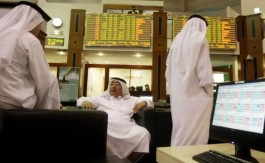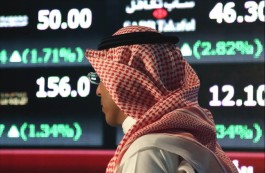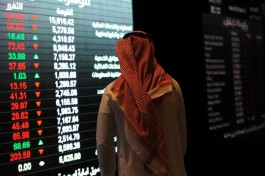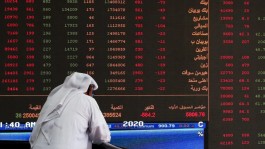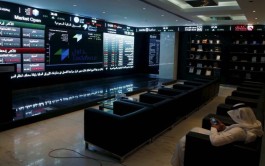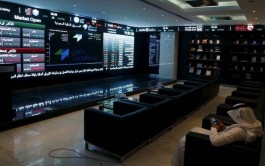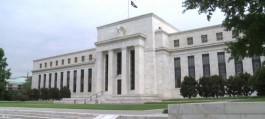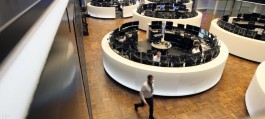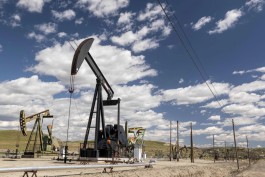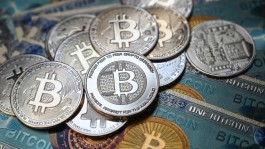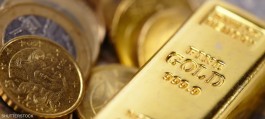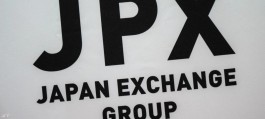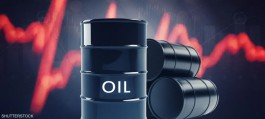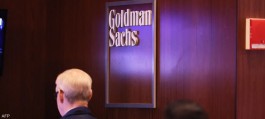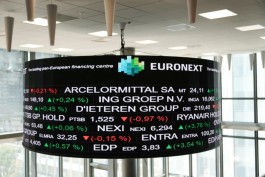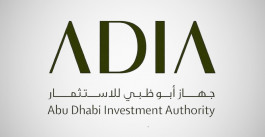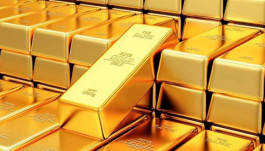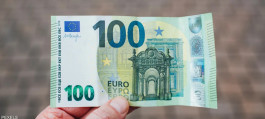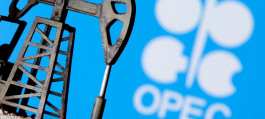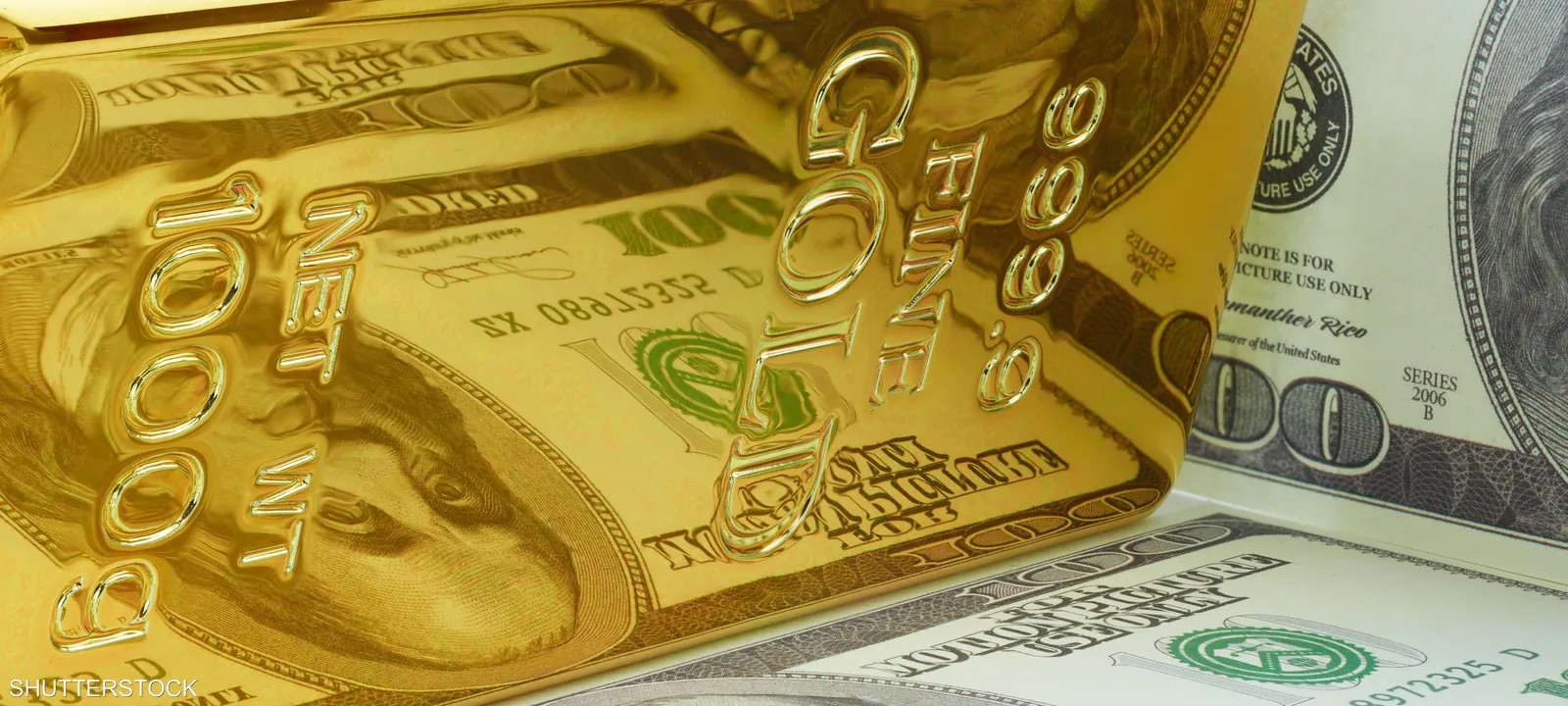Gold prices XAU/USD hit an all-time high, marking the metal's sixth weekly gain in the past seven weeks.
This year alone, gold has seen its value rise by 32%, driven by a combination of factors, including central bank easing policies, uncertainty surrounding the US election, and ongoing geopolitical conflicts in Ukraine and the Middle East.
UBS commodity strategists see further upside for the yellow metal.
“We continue to rate gold as attractive and expect further upside, with prices expected to trade near $2,850 per ounce in March 2025,” they said in a note on Friday.
Gold as a hedge against political volatility
Gold’s rapid rise this year suggests potential volatility ahead, but the outlook remains positive with growth expected to continue. Low real interest rates are seen as a key driver of the precious metal’s rise.
The Federal Reserve is believed to be in the early stages of a monetary easing cycle, with cuts expected to total 100 basis points this year and another 100 basis points in 2025. Historically, gold has risen as much as 10% in the six months following the Fed’s first rate cut, according to the World Gold Council.
This week, the Chinese and Canadian central banks cut interest rates by 25 and 50 basis points respectively, while the European Central Bank implemented a 25 basis point cut last week.
A weaker US dollar next year is also expected to benefit gold as both interest rates and bond yields fall. Moreover, gold’s value as a political hedge could offset any short-term gains in the dollar, especially if Donald Trump wins the upcoming US election.
Geopolitical tensions remain unresolved, continuing to support gold’s safe-haven appeal. Despite ongoing peace talks in Doha, Israeli military action in Gaza and Lebanon continues, and North Korea has reportedly moved troops to the Russian border, with more troops likely to be deployed in Ukraine.
Such developments could push Ukraine to seek nuclear capabilities if NATO membership is ruled out, its president said last week.
Diversification of currency reserves
Diversifying currency reserves also contributes to the demand for gold. US President Joe Biden announced a $20 billion loan to Ukraine, backed by profits from frozen Russian assets.
This strategy by Western countries has led to increased central bank investment in gold, with 483 tons purchased in the first half of the year, according to data from the World Gold Council. Countries such as Turkey, India, China and Poland were among the major buyers.
Investment in gold ETFs continued to grow for the fourth straight month in August. Total holdings recovered to nearly 3,182 metric tons, the highest level since the beginning of the year, and narrowed the loss since the beginning of the year to 44 metric tons.
UBS said: “Recent events have highlighted the hedging benefits of gold and its usefulness from a portfolio perspective, and we reiterate our recommendation that a diversified US dollar-denominated portfolio should include a 5% allocation to gold as a broad-based hedge.”
With interest rates falling, investors are expected to shift money from cash into assets such as gold. Options for investing in gold include physical gold, structured strategies, exchange-traded funds, and stocks of gold mining companies.
For those concerned about commodity market volatility, actively managed strategies that aim to outperform negative indicators can be considered.

